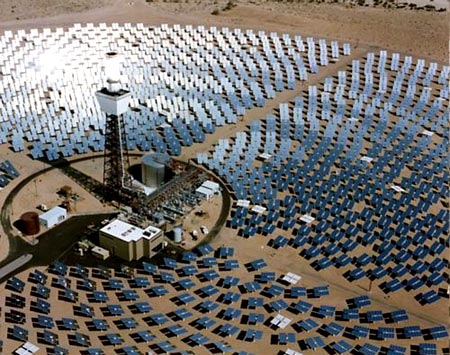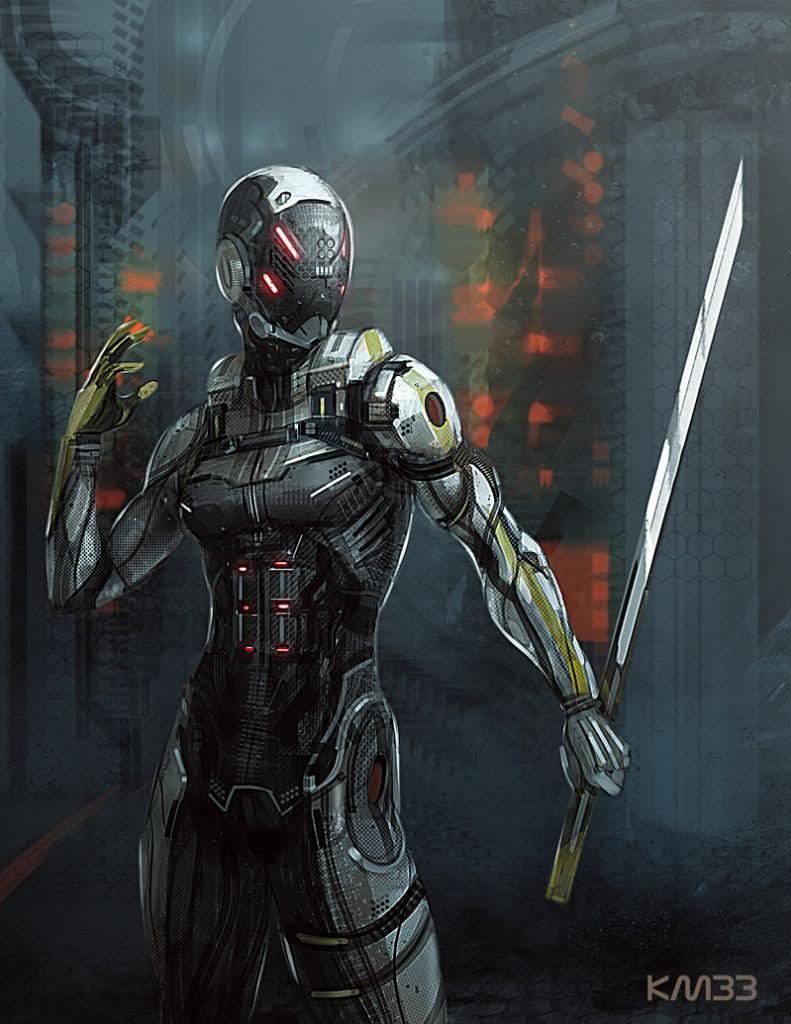
Putting the “Science” in “Science Fiction” – Ultra Boy
Ultra Boy is a character from the DC Universe’s Legion of Superheroes, a group from the 30th to 31st centuries who solve crises in their own time and sometimes travel to the present when modern superheroes are outmatched. One of Ultra Boy’s primary powers is his ability to see through any material, including the lead that blocks other characters x-ray vision. He calls his power “penetra-vision” in order to distinguish his ability from the more common x-ray vision possessed by other super-heroes and villains. This power allows him to detect enemies or other threats on the other side of walls, an ability which can be life saving in combat situations. His unique vision is also very useful when he is searching for something that has been hidden, as it allows him to see his goal no matter what material is being used to hide it. He uses this power, along with an arsenal of other powers and devices, to fight villains and help people in the future and the present.
Having the ability to see through physical barriers would be extremely useful in many situations, and could prove life-saving in many situations. The most obvious place where it would be useful is in urban tactical situations, which involves combat around buildings and inside their interiors. Police special response teams work almost exclusively inside cities, and are often required to break into buildings with little idea of what waits for them inside. Military conflicts are also becoming more common in urban areas, and the risks posed to military personnel are even greater than those police officers face. The urban environment is extremely dangerous to fight in as it provides an almost infinite number of places where an enemy or booby-trap can hide, and the cramped confines and multiple chokepoints within buildings make moving through one safely impossible in a combat situation. Having the ability to see a potential threat through a wall, without being exposed to the danger, would help save the lives of soldiers and police officers who have to work in these dangerous environments.

In order to provide solutions to this problem groups like MIT’s Lincoln Laboratory and Cambridge Consultants are working on creating devices that use radar technology to allow people to see through solid objects. The most sophisticated example of this type of device is currently Cambridge Consultants’ Prism 200c system. This device is a radar emitter that is worn like a backpack and pressed up against a surface when the wearer wishes to see what is on the other side. The backpack unit emits ultra-wideband radar waves that can pass through solid objects, then are reflected back into the unit in order to provide a picture of what is on the other side of the object. The user can then check the unit’s linked screen to see what it has detected. In the same way the image that the device collects can be transmitted to another computer at a distance, allowing those in charge of the mission to see what their people are up against. This information could also be shared with other personnel who are in the field, allowing them to better cover dangerous areas and preventing accidental injuries to teammates.
As the Prism 200c is the first device of its type there are still some limitations to it. The current generation works by scanning multiple times and highlighting movement, meaning that it can only detect moving objects beyond the wall, but since most people move even when holding still and the device can often detect the movement caused by breathing this is not an enormous concern. Another limitation of this particular device is its size. Although a backpack sized unit is far smaller than conventional radar systems it is still limiting in a ground combat situation. It is likely that future models will address both of these issues, with decreased size and weight and increased ability to discriminate objects. As radar systems like this one become more common they will likely become more integrated into the other systems police and military groups use, allowing for the creation of an integrated network using heads-up displays and similar information technology to keep every member of a team aware of enemy positions and the position of their teammates at all times. As radar systems like this one become more common and sophisticated they will help to protect soldiers and police in dangerous situations.
The use of radar systems that can see through solid objects has many applications in combat situations, but those are far from their only use. These devices have a great deal of promise in search and rescue operations, allowing people who have been buried in rubble to be found without having to waste precious time searching for them. Increasing the speed of finding buried people will greatly increase the likelihood of saving their lives and protect rescue workers by cutting down on the number of risky excavations they have to make. If this technology is perfected to the point where it can detect stationary objects it will also be of use in the field of archaeology, where it can show the interior of ancient structures without opening them. As the technology becomes more common there will no doubt be other uses found for it, perhaps in the construction and engineering fields. If the technology becomes sophisticated enough it could be used as a diagnostic tool, allowing engineers to inspect machinery and buildings for damage or stress without being forced to open them up. The applications of this technology are many and varied, and only time will tell what other possibilities await it.













